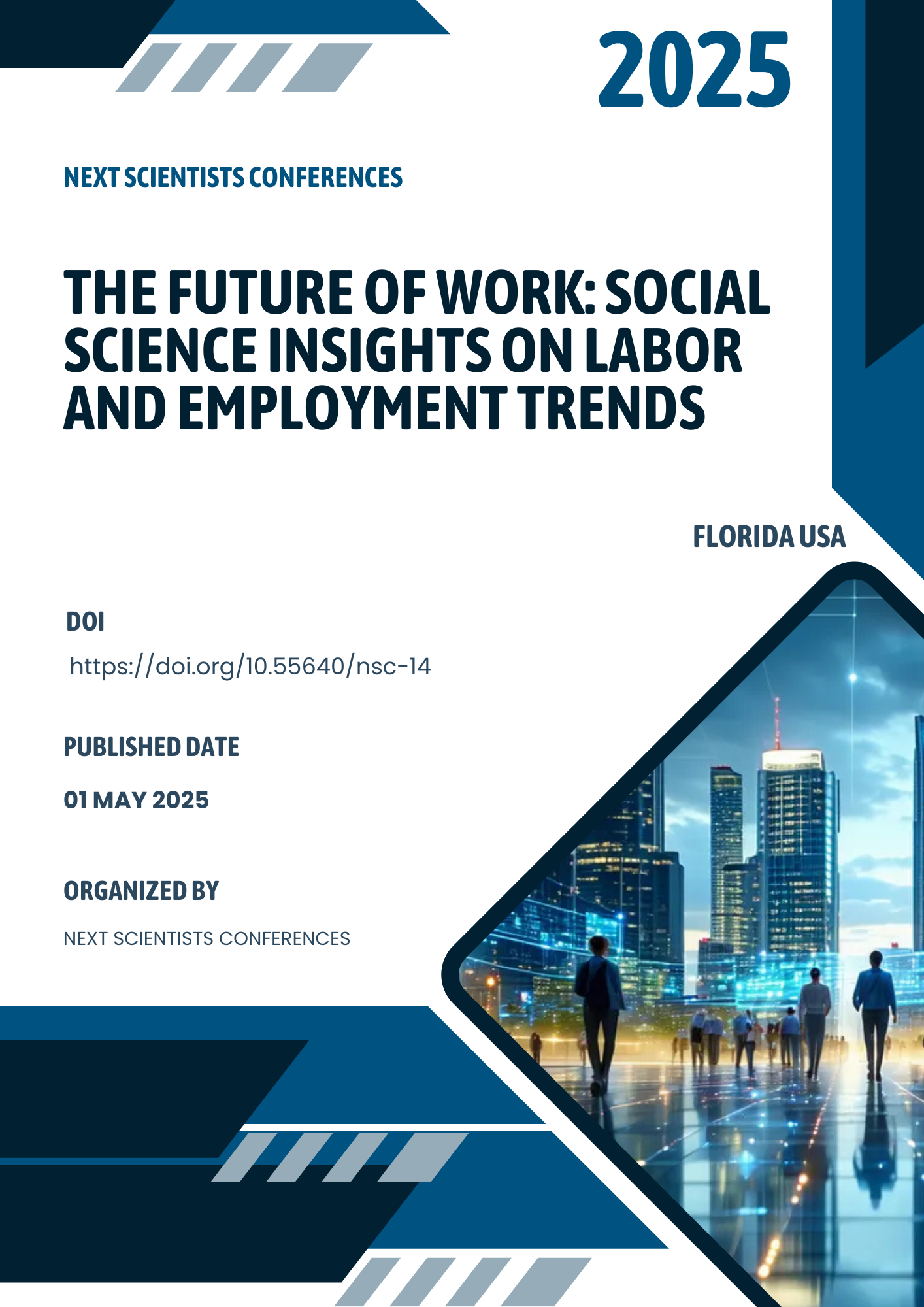USE OF FORMALITY, CULTURAL CONTEXT, AND POLITENESS
Keywords:
Diplomatic communication, formality in language, cultural contextAbstract
Formality, cultural context, and politeness play a crucial role in diplomatic communication, ensuring clarity, respect, and the prevention of misunderstandings in international relations. While English diplomatic language is characterized by clarity and brevity, Uzbek diplomatic discourse tends to be more elaborate, incorporating honorifics and complex sentence structures to convey respect. The linguistic style of diplomacy in both English and Uzbek is deeply influenced by their respective historical and cultural backgrounds, highlighting the importance of understanding these factors for effective cross-cultural communication. Recognizing and adapting to cultural differences in diplomatic language is essential for building trust, fostering cooperation, and conducting successful negotiations on the global stage.
References
Brown, P., & Levinson, S.C. (1987). Politeness: Some Universals in Language Usage. Cambridge University Press.
Goffman, E (1967). Interaction Ritual: Essays on Face-to-Face Behavior. Anchor Books.
Hall, E.T (1976). Beyond Culture. Anchor Books.
Lakoff, R. (1973). The Logic of Politeness; or, Minding Your P’s and Q’s. Papers from the Ninth Regional Meeting of the Chicago Linguistic Society.
Leech, G, N. (1983). Principles of Pragmatic. Longman.
Thomas, J (1995). Meaning in Interaction: An Introduction to Pragmatics. Routledge.
Wierzbicka, A. (1991). Cross- Cultural Pragmatics: The Semantics of Human interaction. Mouton de Gruyter.
Specer- Oatey, H. (2008). Culturally Speaking: Culture, Communication and Politeness Theory. Continuum.


